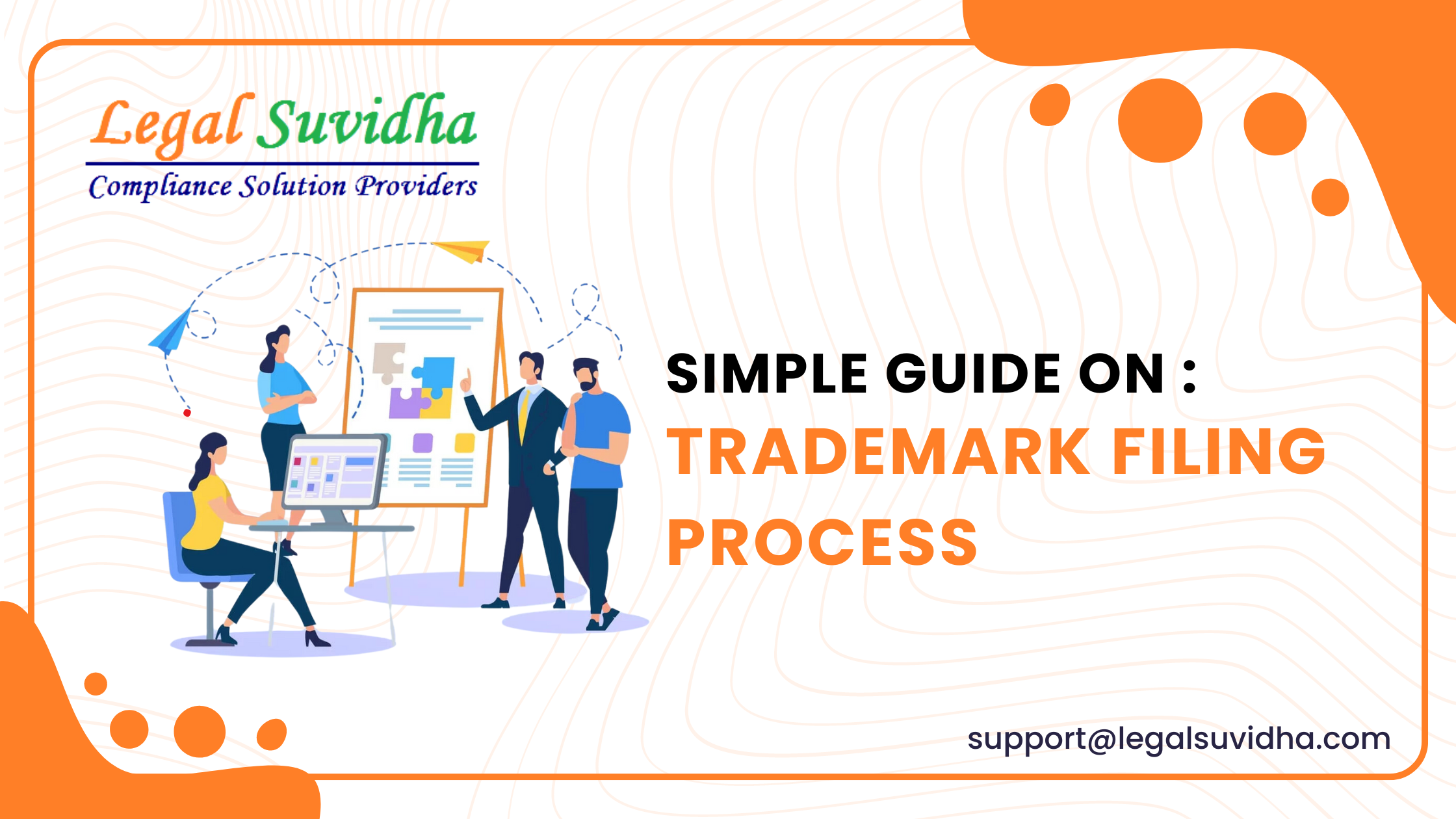Double Taxation Avoidance Agreement is a tax treaty signed between two or more countries to help avoid the burden of double taxation for taxpayers in those countries. The agreement is meant to provide relief from double taxation by defining the tax liability of an individual or a company in each country, and to prevent fiscal evasion.
DTAA: DEFINITION, TYPES, AND THEIR BENEFITS
Meaning of Treaty
A treaty is a formally concluded agreement between two or more independent nations. The Oxford Companion to Law defines a treaty as “an international agreement, normally in written form, passing under various titles (treaty, convention, protocol, covenant, charter, pact, statute, act, declaration, concordat, exchange of notes, agreed minute, memorandum of agreement) concluded between two or more states, on the subject of international law intended to create rights and obligations between them and governed by international law.
Examples of treaty include CTBT, Vienna Convention, and Tax Treaty such as DTAA, etc.
The Double Tax Avoidance Agreement (DTAA)
The Double Tax Avoidance Agreement (DTAA) is essentially a bilateral agreement entered into between two countries. The basic objective is to promote and foster economic trade and investment between two Countries by avoiding double taxation.
The objective of tax treaties
International double taxation has adverse effects on trade and services and on movement of capital and people. Taxation of the same income by two or more countries would constitute a prohibitive burden on the taxpayer.
The domestic laws of most countries, including India, mitigate this difficulty by affording unilateral relief in respect of such doubly taxed income (Section 91 of the Income Tax Act).
But as this is not a satisfactory solution in view of the divergence in the rules for determining sources of income in various countries, the tax treaties try to remove tax obstacles that inhibit trade and services and movement of capital and persons between the countries concerned. It helps in improving the general investment climate.
What are the types of DTAA?
DTAA can be of two types.
i. Comprehensive
Comprehensive DTAAs are those which cover almost all types of incomes covered by any model convention. Many a time a treaty covers wealth tax, gift tax, surtax. Etc. too
ii. Limited
Limited DTAAs are those which are limited to certain types of incomes only, e.g. DTAA between India and Pakistan is limited to shipping and aircraft profits only.
Role of tax treaties in international tax planning A tax treaty plays the following role
1. Facilitates investment and trade flow, preventing discrimination between taxpayers;
2. Adds fiscal certainty to cross border operations;
3. Prevents international evasion and avoidance of tax;
4. Facilitates collection of international tax;
5. Contributes attainment of international development goal, and
6. Avoids double taxation of income by allocating taxing rights between the source country where income arises and the country of residence of the recipient; thereby promoting cooperation between or amongst States in carrying out their obligations and guaranteeing the stability of tax burden
Models of DTAA
There are different models developed over a period of time based on which treaties are drafted and negotiated between two nations.
These models assist in maintaining uniformity in the format of tax treaties. They also serve as checklist for ensuring exhaustiveness or provisions to the two negotiating countries.
OECD Model, UN Model, the US Model and the Andean Model are few of such models. Of these the first three are the most prominent and often used models. However, a final agreement could be combination of different models.
OECD Model- Organization of Economic Co-operation and Development (OECD) Model Double Taxation Convention on Income and on Capital, issued in 1977, 1992 and 1995 OECD Model is essentially a model treaty between two developed nations.
This model advocates residence principle, that is to say, it lays emphasis on the right of state of residence to tax.
UN Model- United Nations Model Double Taxation Convention between Developed and Developing Countries, 1980 The UN Model gives more weight to the source principle as against the residence principle of the OECD model.
As a correlative to the principle of taxation at source the articles of the Model Convention are predicated on the premise of the recognition by the source country that
(a) taxation of income from foreign capital would take into account expenses allocable to the earnings of the income so that such income would be taxed on a net basis, that
(b) taxation would not be so high as to discourage investment and that
(c) it would take into account the appropriateness of the sharing of revenue with the country providing the capital.
In addition, the United Nations Model Convention embodies the idea that it would be appropriate for the residence country to extend a measure of relief from double taxation through either foreign tax credit or exemption as in the OECD Model Convention. Most of India’s treaties are based on the UN Model.
United States Model Income Tax Convention of September, 1996
The US Model is different from OECD and UN Models in many respects. US Model has established its individuality through radical departure from usual treaty clauses under OECD Model and UN Model.
How to apply for DTAA
The process of application of DTAA involves a series of steps, involving the different types of provisions.
- Determine whether the issue is within the scope of the convention.
- Check that the treaty applies to the tax in issue – is it a tax listed in Article 2 (or a tax substantially similar to such a tax).
- Thirdly, check that the treaty is in force for the taxable period in issue.
How is Double Taxation Avoidance Agreement relief calculated?
In case there is DTAA with the Country, then Tax Relief can be claimed u/s 90. Steps to compute Double Taxation relief-
- Calculate Global Income i.e. aggregate of Indian income and Foreign income;
- Compute tax on such global income as per the slab rates applicable;
- Calculate the average rate of tax (i.e. Global income divided by the amount of tax);
- Compute an amount by multiplying Foreign income with such average rate of tax;
- Compute Tax paid in Foreign country
The amount of relief shall be lower of (4) and (5).
In case there is No DTAA, then Tax Relief can be claimed u/s 91. Steps to compute relief-
- Compute tax payable in India
- Compute lower of Indian rate of tax and rate of tax in Foreign country
- Multiply the rate obtained in Step 3 by the doubly taxed income.









